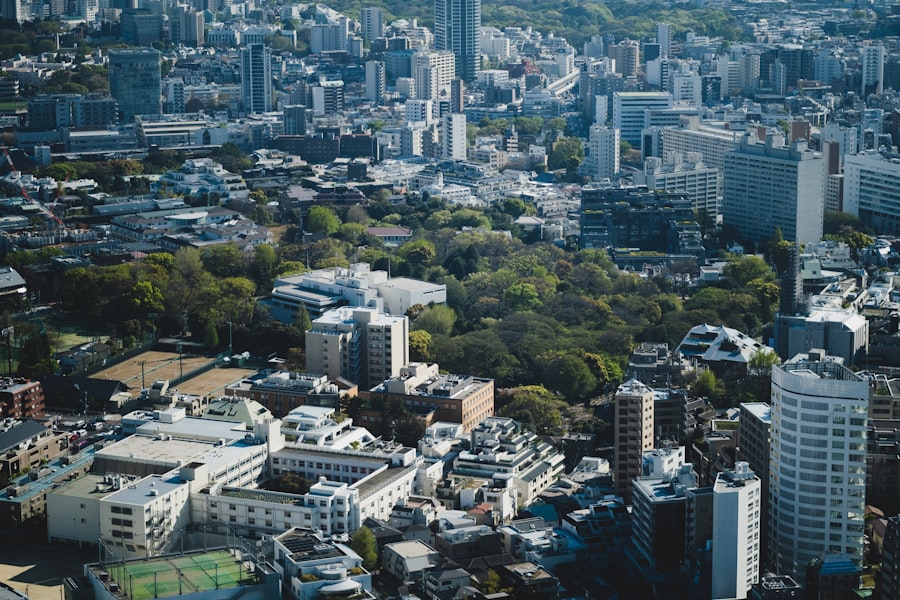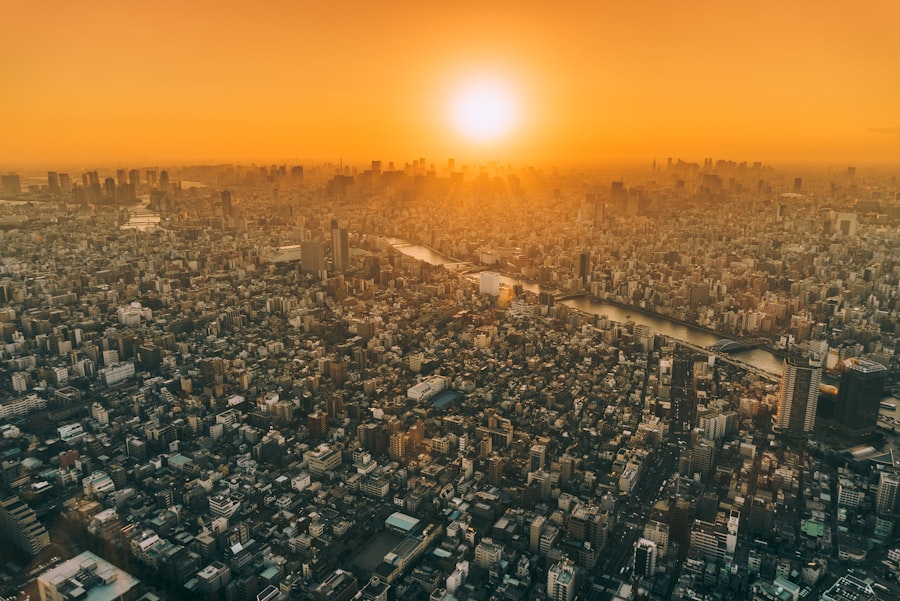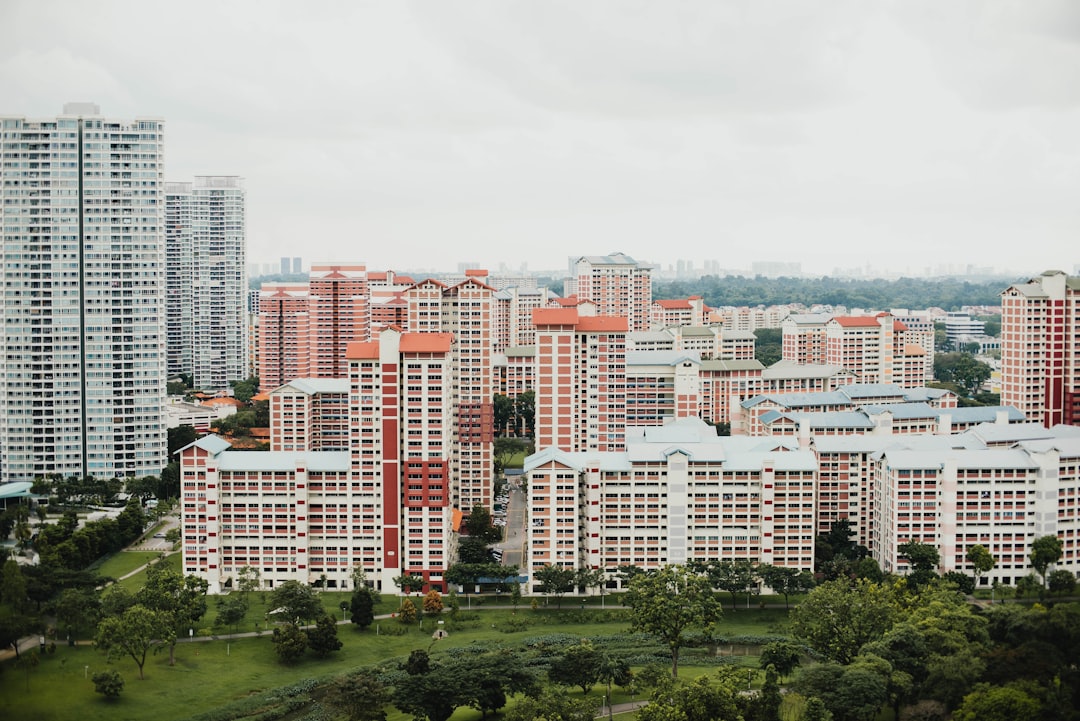New York City, often hailed as a beacon of culture, diversity, and opportunity, is not without its significant urban planning flaws. The very characteristics that make the city vibrant also contribute to a myriad of challenges that its residents face daily. From overcrowding to inadequate public transportation, the city’s infrastructure struggles to keep pace with its ever-growing population.
As urban planners and policymakers grapple with these issues, it becomes increasingly clear that a comprehensive reevaluation of the city’s planning strategies is essential for fostering a sustainable and livable environment. The flaws in New York’s urban planning are not merely inconveniences; they have profound implications for the quality of life of its inhabitants. The city’s historical context, demographic shifts, and economic disparities all intertwine to create a complex web of challenges that require innovative solutions.
As the city continues to evolve, understanding these flaws is crucial for developing effective strategies that can address the pressing needs of its diverse population.
Key Takeaways
- New York City’s urban planning has historically been flawed, leading to a range of issues including overcrowding, lack of affordable housing, inadequate public transportation, environmental concerns, economic disparities, infrastructure failures, accessibility issues, and safety concerns.
- Overcrowding and population density have put immense pressure on the city’s resources and infrastructure, leading to a range of social and economic challenges.
- The lack of affordable housing has resulted in a housing crisis, with many residents struggling to find suitable and affordable living spaces.
- Inadequate public transportation has made it difficult for residents to commute and has contributed to traffic congestion and pollution.
- Environmental concerns and pollution have become major issues, impacting the health and well-being of residents and the sustainability of the city.
Historical Context of Urban Planning in New York City
The history of urban planning in New York City is a tale of ambition, innovation, and, at times, oversight. The city’s layout was significantly influenced by the Commissioners’ Plan of 1811, which established a grid system that remains a defining feature of Manhattan today. This plan aimed to facilitate orderly development and improve accessibility, yet it also laid the groundwork for some of the city’s current challenges.
The rapid industrialization of the late 19th and early 20th centuries further complicated urban planning efforts, as waves of immigrants flocked to the city in search of opportunity. Throughout the 20th century, various planning initiatives sought to address the growing needs of New Yorkers. However, many of these efforts were reactive rather than proactive, often responding to crises rather than anticipating future demands.
The urban renewal projects of the mid-20th century, while intended to revitalize neighborhoods, frequently resulted in displacement and loss of community identity. This historical context underscores the importance of learning from past mistakes as New York City navigates its contemporary urban planning challenges.
Overcrowding and Population Density

Overcrowding is one of the most pressing issues facing New York City today. With a population exceeding 8 million residents, the city is one of the most densely populated in the United States. This density can lead to a vibrant urban experience but also results in significant strain on public services and infrastructure.
Many neighborhoods are characterized by cramped living conditions, where families often share small apartments or live in substandard housing. The pressure on space is palpable, with parks and public areas frequently overcrowded, limiting residents’ access to green spaces. The consequences of overcrowding extend beyond mere discomfort; they can impact public health and safety as well.
High population density can exacerbate issues such as air pollution and noise, contributing to stress and other health problems among residents. Moreover, the strain on public services—such as schools, healthcare facilities, and emergency services—can lead to diminished quality and accessibility for all New Yorkers. Addressing overcrowding requires a multifaceted approach that considers not only housing but also infrastructure improvements and community resources.
Lack of Affordable Housing
| City | Number of Homeless Individuals | Median Rent | Percentage of Income Spent on Rent |
|---|---|---|---|
| New York City | 78,604 | 2,700 | 40% |
| Los Angeles | 41,290 | 2,300 | 47% |
| San Francisco | 9,784 | 3,500 | 50% |
The lack of affordable housing is a critical issue that has plagued New York City for decades. As housing prices continue to soar, many residents find themselves priced out of their neighborhoods or forced to allocate an unsustainable portion of their income toward rent. This crisis disproportionately affects low- and middle-income families, exacerbating economic disparities within the city.
The demand for affordable housing far exceeds supply, leading to long waiting lists for subsidized units and an increase in homelessness. Efforts to address this issue have included various initiatives aimed at increasing the availability of affordable units through zoning changes and incentives for developers. However, these measures often fall short due to bureaucratic hurdles and resistance from local communities concerned about gentrification and displacement.
The challenge lies not only in creating new affordable housing but also in preserving existing units and ensuring that all New Yorkers have access to safe and stable living conditions.
Inadequate Public Transportation
New York City’s public transportation system is both a lifeline and a source of frustration for millions of commuters. While the Metropolitan Transportation Authority (MTA) operates one of the largest subway systems in the world, it faces significant challenges related to aging infrastructure, service delays, and overcrowding during peak hours. Many residents rely on public transit for their daily commutes, yet frequent disruptions can lead to lost time and increased stress.
The inadequacies of the public transportation system are particularly pronounced in underserved neighborhoods, where access to reliable transit options is limited. This lack of connectivity can hinder economic opportunities for residents and perpetuate cycles of poverty. To address these issues, comprehensive investment in infrastructure upgrades and expansion of service routes is essential.
Additionally, integrating new technologies and sustainable practices into the transit system could enhance efficiency and improve the overall commuter experience.
Environmental Concerns and Pollution

Environmental concerns are increasingly at the forefront of urban planning discussions in New York City. The city’s dense population contributes to significant air pollution from vehicles, construction activities, and industrial operations. Poor air quality poses serious health risks for residents, particularly vulnerable populations such as children and the elderly.
Furthermore, climate change presents an existential threat to coastal cities like New York, with rising sea levels and increased frequency of extreme weather events. Efforts to combat pollution have included initiatives aimed at reducing emissions from transportation and promoting green building practices. However, these measures must be part of a broader strategy that prioritizes sustainability in all aspects of urban planning.
This includes enhancing green spaces, improving waste management systems, and investing in renewable energy sources. By adopting a holistic approach to environmental concerns, New York City can work toward a healthier future for its residents.
Economic Disparities and Gentrification
Economic disparities are a pervasive issue in New York City, where wealth inequality is starkly visible across neighborhoods. Gentrification has transformed many areas, leading to rising property values and rents that displace long-time residents while attracting wealthier newcomers. This phenomenon often erodes community ties and cultural heritage, creating tensions between different socioeconomic groups.
While gentrification can bring investment and revitalization to struggling neighborhoods, it also raises questions about equity and inclusivity in urban development. Policymakers must navigate these complexities by implementing measures that protect vulnerable populations from displacement while fostering economic growth. Strategies such as community land trusts and inclusionary zoning can help ensure that development benefits all residents rather than exacerbating existing inequalities.
Infrastructure Failures and Aging Buildings
The aging infrastructure of New York City presents significant challenges that impact daily life for its residents. Many buildings, bridges, and roads are in dire need of repair or replacement due to years of neglect and underfunding. Infrastructure failures can lead to dangerous situations, such as building collapses or transportation accidents, posing risks to public safety.
Addressing these infrastructure issues requires substantial investment and long-term planning. The city must prioritize maintenance and upgrades while also considering innovative solutions such as smart technology integration to enhance efficiency.
Accessibility and Public Space Issues
Accessibility remains a critical concern in New York City’s urban landscape. Many public spaces are not designed with inclusivity in mind, making it difficult for individuals with disabilities or mobility challenges to navigate the city effectively. Inadequate wheelchair access on public transportation and poorly designed sidewalks can create barriers that limit participation in community life.
Moreover, public spaces such as parks often lack amenities that cater to diverse populations. Ensuring that all residents have access to well-maintained parks and recreational facilities is essential for fostering community engagement and promoting overall well-being. Urban planners must prioritize accessibility in their designs by incorporating universal design principles that consider the needs of all users.
Crime and Safety Concerns
Crime rates have fluctuated throughout New York City’s history, impacting perceptions of safety among residents. While crime has decreased significantly since the 1990s, concerns about safety remain prevalent in many neighborhoods. Issues such as gun violence, property crime, and drug-related offenses continue to affect communities across the city.
Addressing crime requires a multifaceted approach that goes beyond traditional law enforcement strategies. Community engagement initiatives aimed at building trust between law enforcement and residents can foster safer environments. Additionally, investing in social services such as mental health support and youth programs can address underlying issues contributing to criminal behavior.
Solutions and Future Prospects for Urban Planning in New York City
As New York City confronts its urban planning flaws, innovative solutions are essential for creating a more sustainable and equitable future. Collaborative efforts involving government agencies, community organizations, and residents can lead to more inclusive decision-making processes that reflect the diverse needs of the population. Emphasizing transparency and accountability will be crucial in building trust among stakeholders.
Future prospects for urban planning in New York City hinge on embracing technology and sustainability as guiding principles. Smart city initiatives that leverage data analytics can enhance service delivery while promoting environmental stewardship. By prioritizing affordable housing development alongside infrastructure improvements and environmental sustainability efforts, New York City can work toward a more resilient urban landscape that meets the needs of all its residents.
In conclusion, addressing New York City’s urban planning flaws requires a comprehensive understanding of its historical context and current challenges. By focusing on collaboration, innovation, and inclusivity, stakeholders can pave the way for a brighter future where all New Yorkers can thrive amidst the complexities of urban life.
New York City’s urban planning has long been a topic of discussion, with various experts pointing out both its strengths and weaknesses.
Additionally, the city’s infrastructure struggles to keep pace with its growing population, leading to congestion and inefficiencies. For a deeper dive into these issues, you can explore a related article on urban planning challenges by visiting this page. This article provides insights into the complexities of urban development and the need for more sustainable and equitable planning strategies.
WATCH THIS! The Real Cost of NYC Living: Your Wallet, Sanity, and Subway Survival Skills
FAQs
What are some common urban planning flaws in New York City?
Some common urban planning flaws in New York City include lack of affordable housing, inadequate public transportation, overcrowding, and insufficient green spaces.
How does the lack of affordable housing impact urban planning in New York City?
The lack of affordable housing in New York City leads to gentrification, displacement of low-income residents, and increased homelessness. It also contributes to overcrowding and strains the city’s infrastructure.
What are the consequences of inadequate public transportation in New York City?
Inadequate public transportation in New York City leads to traffic congestion, air pollution, longer commute times, and limited mobility for residents. It also hinders economic growth and reduces overall quality of life.
How does overcrowding affect urban planning in New York City?
Overcrowding in New York City puts a strain on public services, increases competition for resources, and contributes to social and economic disparities. It also impacts the city’s ability to provide adequate infrastructure and amenities for its residents.
What role do green spaces play in urban planning in New York City?
Green spaces in New York City are essential for promoting public health, mitigating the urban heat island effect, and providing recreational opportunities for residents. They also contribute to the overall livability and sustainability of the city.
